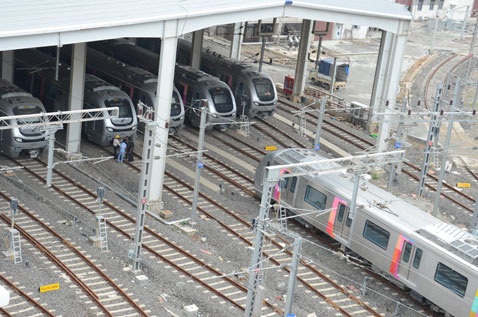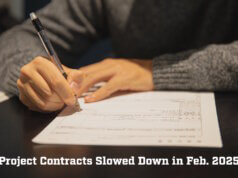
Stretching from Ghatkopar to Andheri, the Mumbai Metro One – India’s first metro rail Public Private Partnership (PPP) – ran into disputes even before its commercial operations began and continues to be buried in litigation and controversies, over a year into the project. This however is not the first of such a fallout in a PPP Project. In the recent past, PPPs have largely been marred by delays and cost escalation, resulting in the project no longer being commercially viable for its stakeholders. Such issues have primarily risen out of land procurement problems in urban cities, rehabilitation of people affected by the project in question, and the complexities revolving around acquiring regulatory approvals, to name a few.
In light of the above, it may well be in reason then, to first understand or readdress the very PPP model on which India’s infrastructure sector development is envisaged. Does the model require reassessment? Will revising this model resolve the problems that are occurring with PPP projects?
The decision on the part of the Finance Ministry to set up a ‘Committee on Revisiting and Revitalizing the PPP Model of Infrastructure Development’ earlier this year, is a welcome move. The committee is to submit its report within a period of three months from the date of its constitution, and its analysis will perhaps throw brighter light on not just the possibilities of a renewed PPP model but also clarify the Government’s stance on the matter. Various governments across the world particularly in the developed countries have similarly embarked on reworking their PPP based on the learning from previous shortcomings.
In my view, a well-designed PPP that is founded on the importance of partnership and the sharing of risks and costs, is adequate to tackle the issues currently prevailing in India. Although it may be redundant herein to discuss the obvious advantages of a PPP, it is vital to understand its inherent enabling structure from which arises its necessity. The model has seen such failure in recent times due to the inevitable differences arising between the public authority and the private developer, even though it recognizes a form of co-operation between the two entities in joining their resources towards infrastructure growth goals. Public and private parties alike must recognize that in a PPP framework, a partnership is imperative and sharing of risk allocation is imbedded at the core of PPP principles.
The successes and failures of a PPP projects are borne by both parties, therefore in the larger interest, a more synchronized partnership model based on the above suggestions may be the solution. Perhaps the government could also look into implementing simple solutions like capacity building for the civil services as well as a renegotiation of PPP contracts. The civil services, who predominantly deal with such projects, could better appreciate the technical nuances of PPPs by way of a training program to enhance their designing faculty. Like it was suggested in the UK, a plan for the civil services has to be devised to identify which skills and capabilities are in deficit and how these gaps may be filled. The establishment of a specialized leadership training center could empower senior leaders in the delivery of major projects. In the future only project leaders who have successfully completed this training should be deemed qualified to lead a major government project.
It may be beneficial to incorporate renegotiation frameworks in Indian PPP contracts, similar to those recognized in countries such as the UK and Australia. The time lapse between the signing of an agreement and the commercial operation of such a project leaves the parties prone to falling prey to the fast changing political and commercial climate. For such change, versatility is key to the smooth functioning of the project and protection of stakeholder interests. The PPP contracts must allow for flexibility to change contractual provisions and renegotiate the terms to facilitate smooth completion and running of the project. The Department of Economic Affairs under the Ministry of Finance discusses such a renegotiation framework extensively and concludes that changes are a necessity so that concession agreements may be amended based on understanding of causation and fault, changes in risks, adverse consequences and public benefits.
While the strife towards infrastructural excellence is fundamental in India, it cannot compromise on government’s objectives, drive the private developer to losses, and most importantly, it cannot be at the cost of the citizens’ basic rights and needs. Every developing country struggles to establish a balance between the demands of economic growth and the protection of social welfare, which is particularly palpable in India’s infrastructure projects. It is mostly the people that have faced the consequences of infrastructural lapses and there is no definitive panacea to all evils, therefore simply revisiting the PPP model in its basic form might be the answer to creating the India that is being envisioned today.
About the Author:
Anjan’s focus practice areas are banking, finance and project development. He has advised clients on projects and transactions across a range of industries including energy, infrastructure, mining, oil and gas, air and sea ports, telecommunications, agribusiness and healthcare. He has also provided legal counsel to clients on projects regarding clean technology and sustainable development. Anjan has been recommended by Legal 500 for banking and finance, projects and energy and TMT practices in India for three consecutive years. AsiaLaw Profiles 2014 (a Euromoney publication) has listed him as a recommended lawyer for banking and projects work in India. Anjan regularly writes and speaks at public fora and has been a visiting faculty in various law schools.












